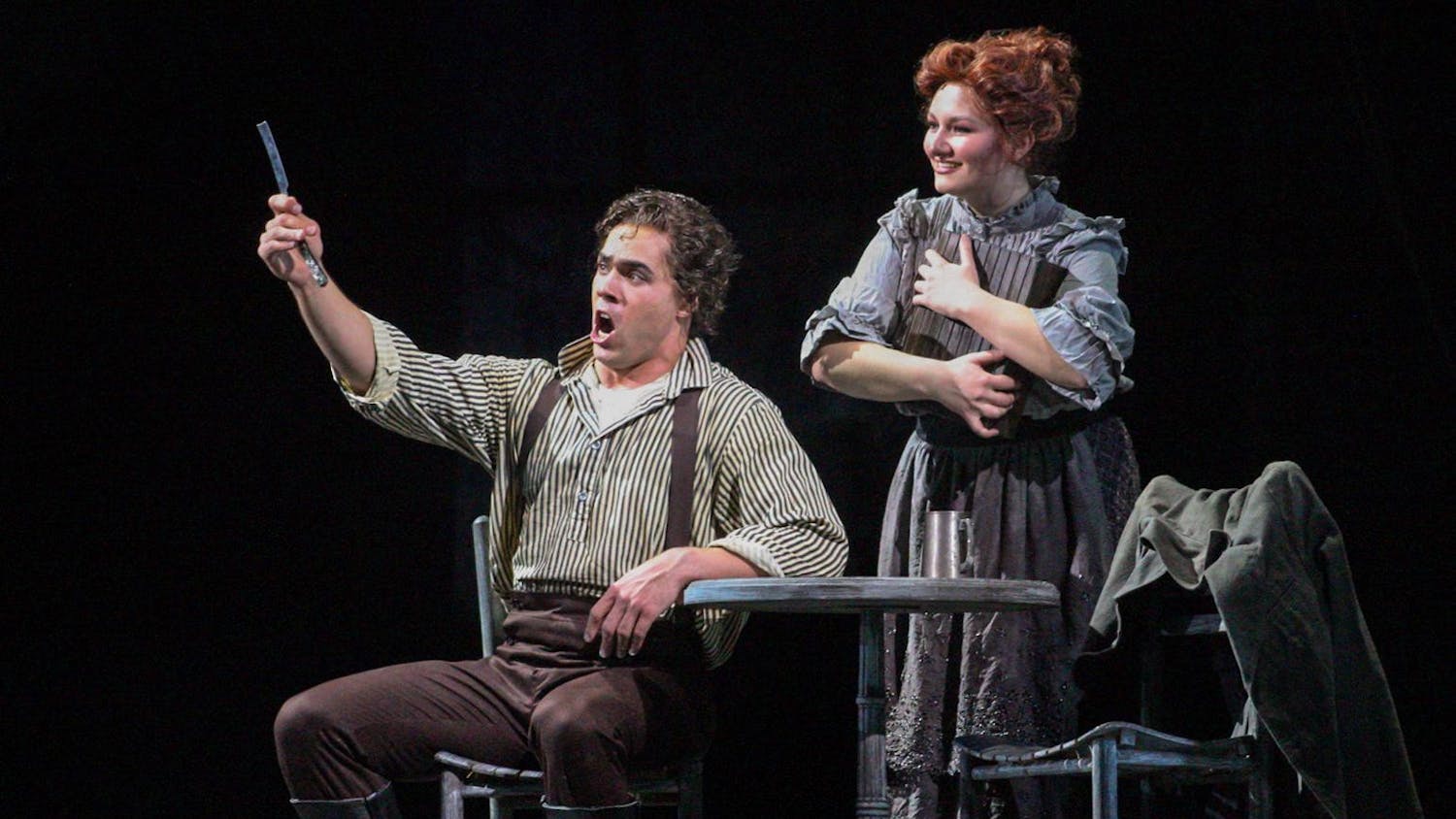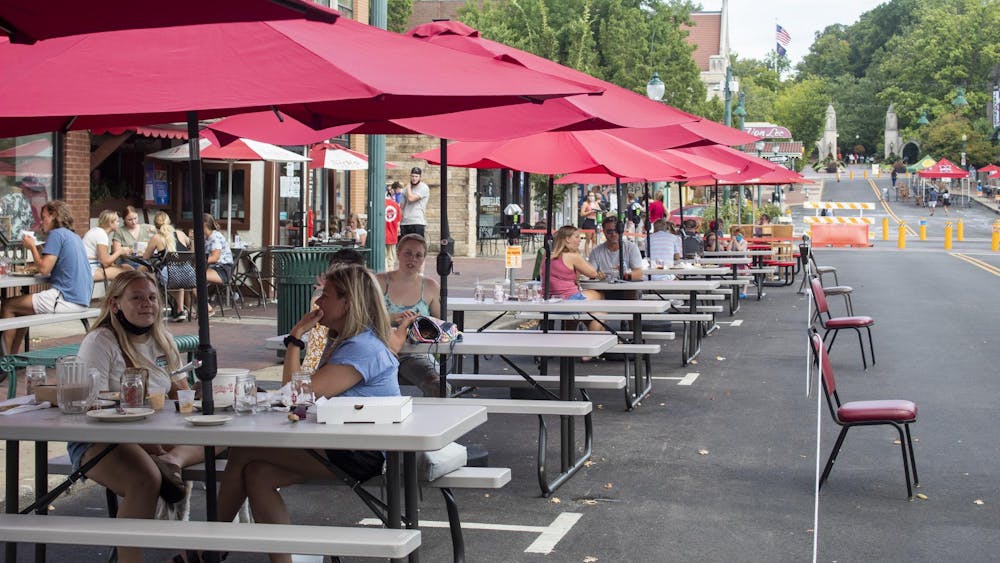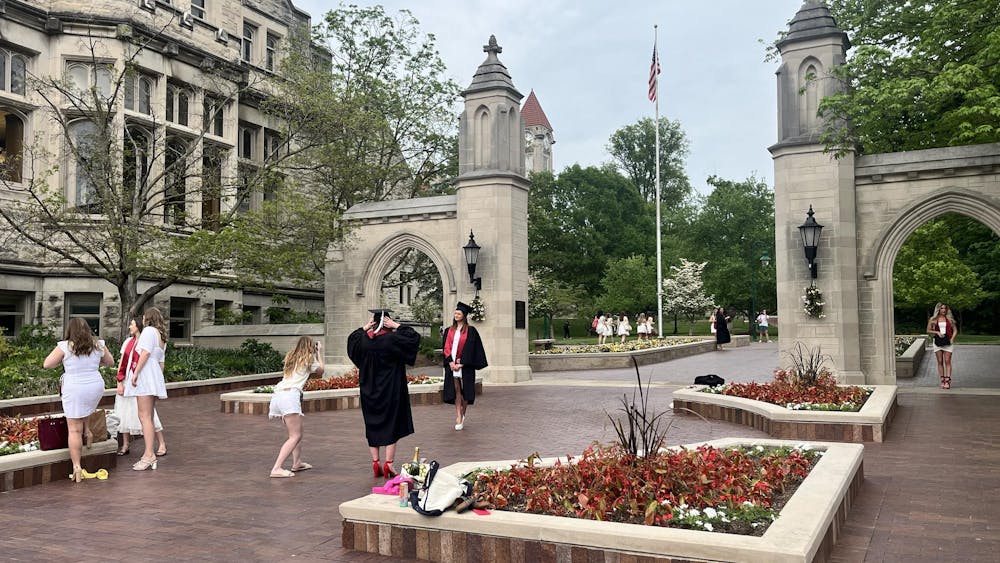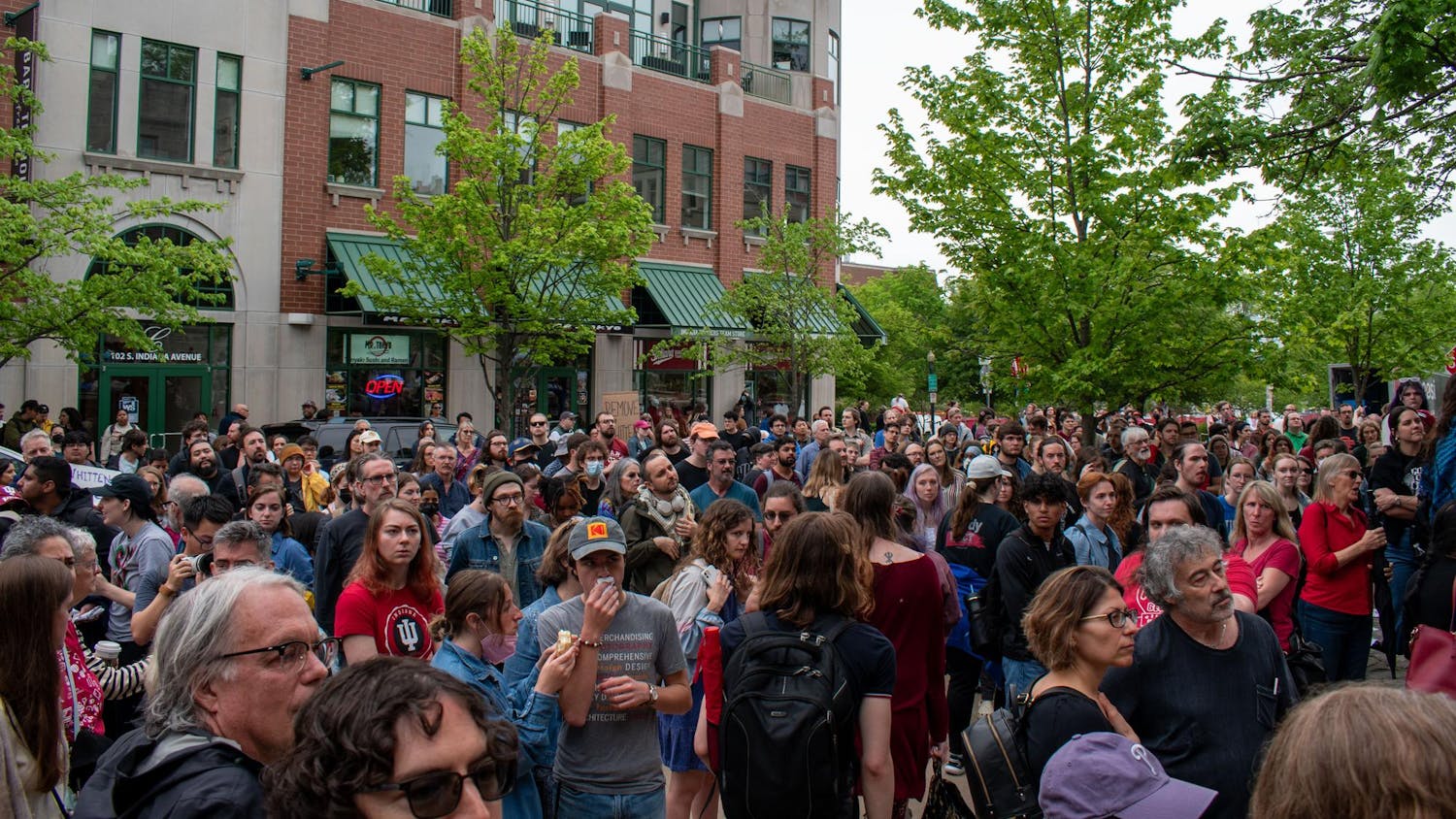The island of Manhattan will be a bit more crowded than usual as fashion editors, buyers, celebrities and clothing-lovers of all breeds flock to the infamous tents in Bryant Park during New York Fashion Week. \nThis semiannual event – one show for spring collections and another for fall – is a designer’s opportunity to give the industry, as well as the public, a peek into their creative and innovative minds. They exhibit their secrets, which are the clothes they have been working on for up to a year, either through a traditional fashion show with a runway, or a less formal, but more intimate, presentation where models and spectators share a common space.\nJames DiMartino, a fifth-year senior majoring in fashion design and apparel merchandising, took a temporary break from his studies to help New York-based fashion designer Zang Toi prepare for his Fashion Week presentation, which took place Wednesday. In what he described as a stressful and crazy week, DiMartino said he was still overcome with enthusiasm about being able to help with the show.\n“It’s all top secret,” he said. “You get to finally show everyone what you’re doing. You can finally reveal what you’ve been hiding for the past year.”\nIt would be nice to think that Fashion Week is just an exposé of ideas and creative secrets, but those who have worked with the designers know that there is a business aspect to the event that is vital to the industry. Deborah Christiansen, a returning faculty member who teaches fashion design in the Department of Apparel Merchandising, has seen firsthand the ups and downs of Fashion Week.\n“It’s important to make sure you have all the right fashion editors and buyers from the big department stores there,” she said. “It’s really previewing for them what they’re going to be putting in the stores.”\nDressing a model in a designer’s clothes does not guarantee success for the label. Christiansen said designers need to always be ahead of the competition, because not only are they designing at least a season in advance, but because the people who are watching the show ultimately decide their career path.\n“It can make or break a designer, and it certainly has,” she said. \nMenswear designer Tim Hamilton hopes to stay strong during his Spring/Summer ‘08 presentation this Sunday. The 36-year-old designer got his start in the industry at the age of 22 when an internship at Ralph Lauren led to a job there. His own line now sells at high-end stores in New York such as Bergdorf Goodman, Jeffrey and IF Boutique, and it was recently picked up by the iconic Barney’s New York.\n“I think with this collection I have pushed the envelope even more,” Hamilton said. “I feel like a lot of menswear designers in America try to stay inside a certain box and don’t try to step out of it. I can’t see that. Why not explore with color, fabrication and proportion?”\nThe calendar for Fashion Week is managed by Ruth Finley at Fashion Calendar, which is a biweekly publication that lists national and international fashion events year-round. The Fashion Week schedule changes constantly during the weeks leading up to the shows. A recent version online at Paper Magazine shows more than 90 runway shows and nearly 50 presentations. Some of these shows and presentations, such as Hamilton’s, are on the official calendar. Other designers, like Zang Toi, show during Fashion Week even though they aren’t on the calendar. \nWith all of these shows, there is bound to be an array of emerging trends. Christiansen is excited to see what she described as a much-needed change in waistlines.\n“The fact that the high-waist has come back is really big for me,” she said. “I’ve been really sick of how far the waistlines have been dropping. I think design is more exciting when it’s girly and high-waisted. I think that’s just more fun.”\nHamilton said he hopes patrons are inspired not only by his presentation, but by Fashion Week in its entirety.\n“I think in America you find that what’s happening now is that super casual has become OK—at the workplace, at school,” he said with a sour twist. “It’s become a big trend to be ultra casual and put on a pair of cargo shorts and a T-shirt. I just don’t find that interesting. I like people to have their own sort of style and to do their research. Why not try to look good?”
New York Fashion Week 2008
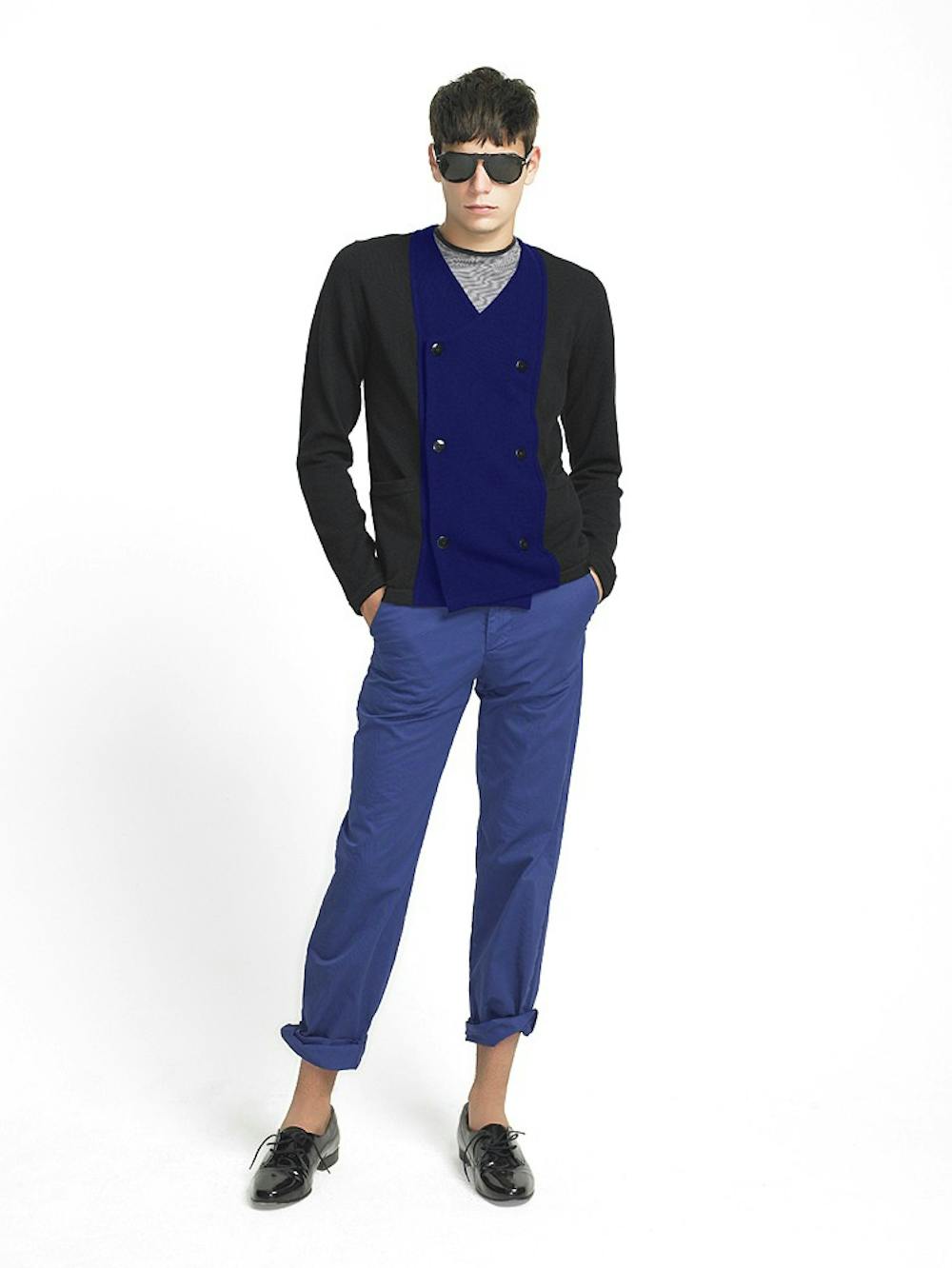
Get stories like this in your inbox
Subscribe


